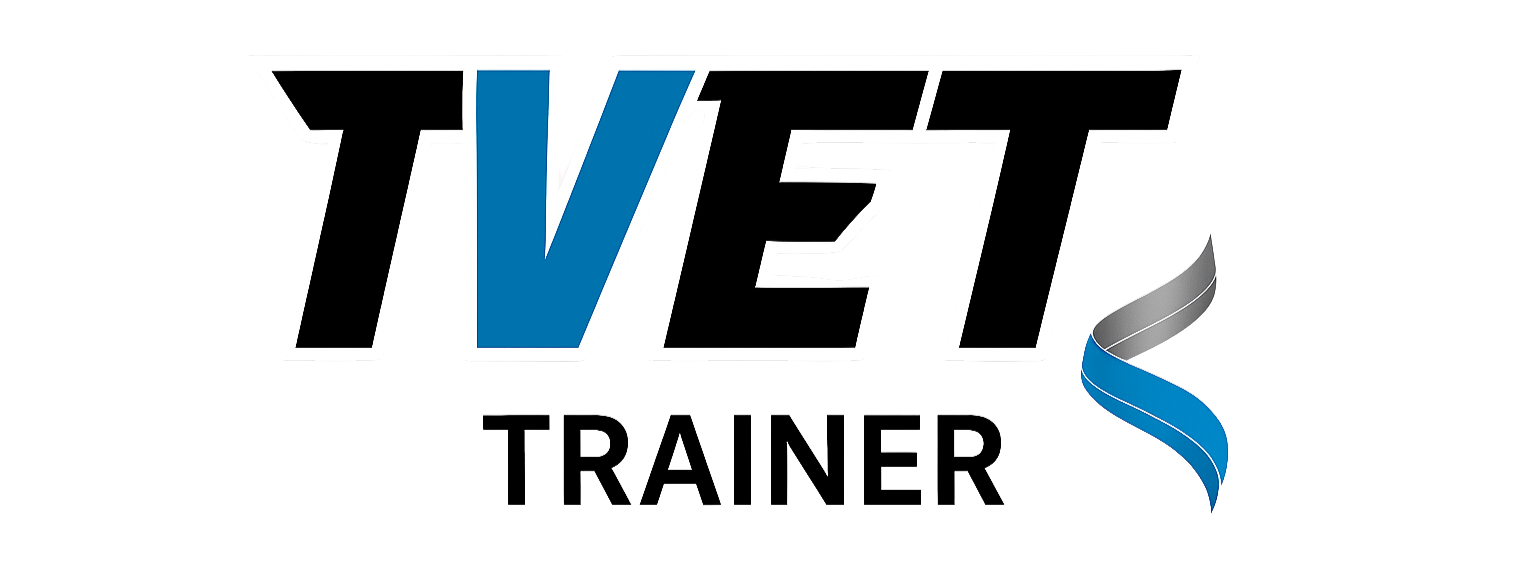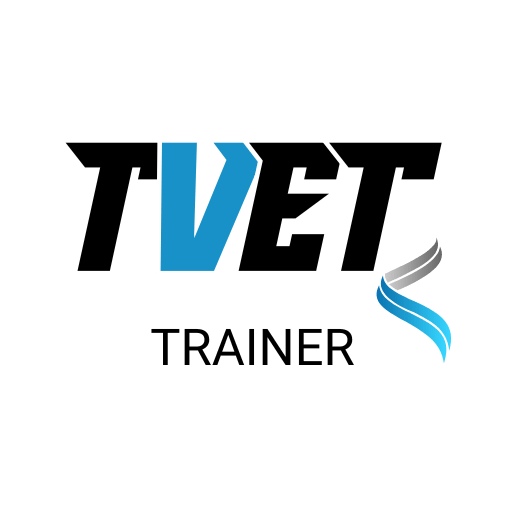
Assessment remains an essential component of the learning process for anyone working in technical and vocational education and training. However, as educators and instructional designers, we must be acutely aware of the potential risks associated with assessment practices. If left unaddressed, these risks can compromise the integrity of the educational experience and potentially harm learners. This article explores the various types of risks involved in assessment and offers strategies to mitigate them through careful planning and execution.
Health and Safety Concerns
One of the most pressing risks in assessment is the potential impact on learners' health and safety. While this may seem more relevant to practical or vocational assessments, it can also apply to traditional academic settings. For instance, prolonged intense study or examination periods can lead to physical and mental strain.
To minimise these risks, educators should consider implementing regular breaks during lengthy assessments and ensure that the assessment environment is ergonomically sound. Additionally, providing clear guidelines on safe practices for practical assessments is essential. By prioritising the well-being of learners, we can create a more conducive atmosphere for authentic demonstration of knowledge and skills.
The Perils of Unnecessary Stress
Assessments, by their very nature, can be stressful for learners. However, there is a fine line between beneficial stress that motivates and unnecessary stress that hinders performance. Unrealistic expectations, unclear instructions, or poorly timed assessments can all contribute to excessive stress levels.
To address this, educators should strive to create a supportive assessment environment. This can be achieved by providing clear, concise instructions, offering practice assessments, and ensuring that the difficulty level is appropriate for the learners' stage of development. Moreover, incorporating formative assessments throughout the learning process can help reduce the pressure associated with high-stakes summative assessments.
Ensuring Authenticity and Fairness
Perhaps one of the most significant risks in assessment is the potential for inauthentic evidence or unfair practices. This encompasses a range of issues, from collusion between learners to unjustifiable support from educators or external sources. Such practices not only undermine the validity of the assessment but also disadvantage honest learners.
To combat these risks, designing assessments that are inherently difficult to cheat on is essential. This might involve creating unique, contextualised questions or tasks that require personal reflection or knowledge application. Additionally, implementing robust verification processes and using plagiarism detection tools can help maintain the integrity of written assessments.
The Danger of Over-Assessment
In our eagerness to ensure comprehensive evaluation, we sometimes fall into the trap of over-assessment. This can lead to learner fatigue, reduced motivation, and a focus on assessment rather than learning. Moreover, excessive assessment can place undue strain on educational resources and staff.
To strike the right balance, educators should critically evaluate the necessity and effectiveness of each assessment. Adopting a 'quality over quantity' approach can lead to more meaningful assessments that truly reflect learner progress and achievement. Integrating assessment into the learning process, rather than treating it as a separate activity, can also help reduce the burden of over-assessment.
Meeting Assessment Strategy Requirements
For those involved in assessing qualifications, there is an additional risk of failing to meet the requirements of relevant assessment strategies. This can have serious consequences, potentially invalidating the qualification or compromising recognition.
To mitigate this risk, it is essential to thoroughly familiarise oneself with the assessment strategy for each qualification. Regular training and updates on assessment requirements and robust internal verification processes can help ensure compliance with these strategies.
Minimising Risks Through Effective Planning
While the risks associated with assessment are numerous, they can be significantly reduced through careful planning and management. Here are some key strategies to consider:
Comprehensive Risk Assessment: Conduct a thorough risk assessment before implementing any assessment. This should cover all potential hazards, from physical safety concerns to malpractice risks.
Clear Communication: Ensure that all stakeholders, including learners, educators, and support staff, are fully informed about the assessment process, expectations, and potential risks.
Flexible Assessment Design: Create assessments that can be adapted to meet individual learner needs without compromising standards. This might include offering alternative assessment methods or providing additional support where necessary.
Regular Review and Improvement: Continuously evaluate and refine assessment practices based on feedback and outcomes. This iterative process can help identify and address risks before they become significant.
Technology Integration: Use appropriate technology to enhance assessment security, streamline processes, and provide more diverse assessment opportunities.
Professional Development: Invest in ongoing training for educators to ensure they have the latest knowledge and skills in assessment design and risk management.
Conclusion
As we navigate the complex terrain of educational assessment, we must remain vigilant to the various risks that can compromise its effectiveness and fairness. We can create a more robust, equitable, and meaningful assessment landscape by acknowledging these risks and implementing proactive strategies to mitigate them.
The key lies in striking a delicate balance between rigour and flexibility, challenge and support, and assessment and learning. As educators, our ultimate goal should be to design and implement assessments that evaluate learner progress and contribute positively to their educational journey.
By prioritising health and safety, managing stress levels, ensuring authenticity, avoiding over-assessment, and adhering to assessment strategies, we can create an assessment environment that is both effective and ethical. Through careful planning and a commitment to continuous improvement, we can transform the assessment process from a potential minefield of risks into a powerful tool for learning and development.
In doing so, we fulfil our responsibilities as educators and empower our learners to demonstrate their true potential, free from unnecessary obstacles or unfair practices. As we move forward, let us embrace this challenge with the creativity, empathy, and professionalism that defines excellence in education.






